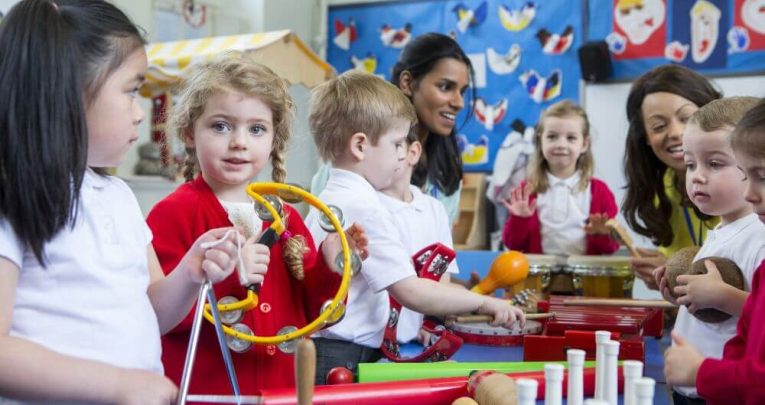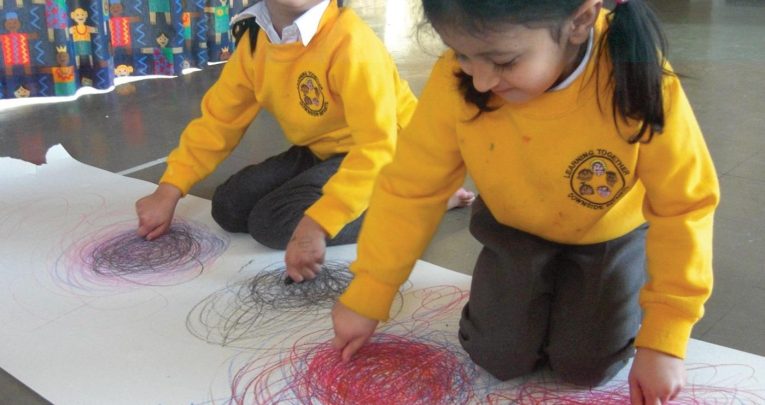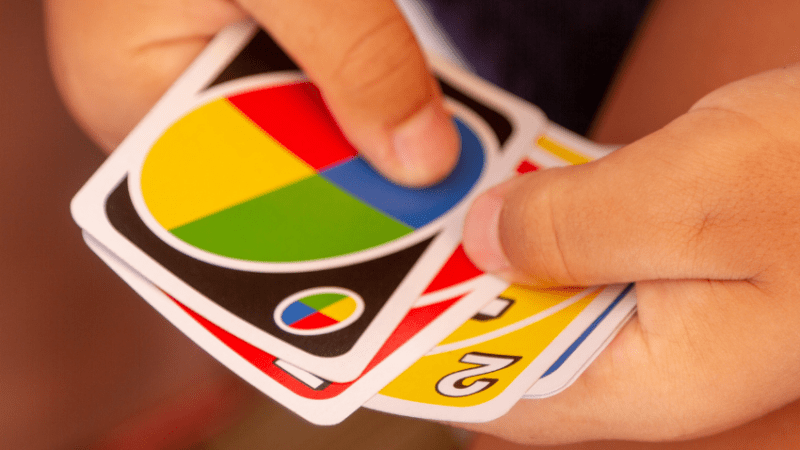Primary school music – how the humble clap can enhance your classroom
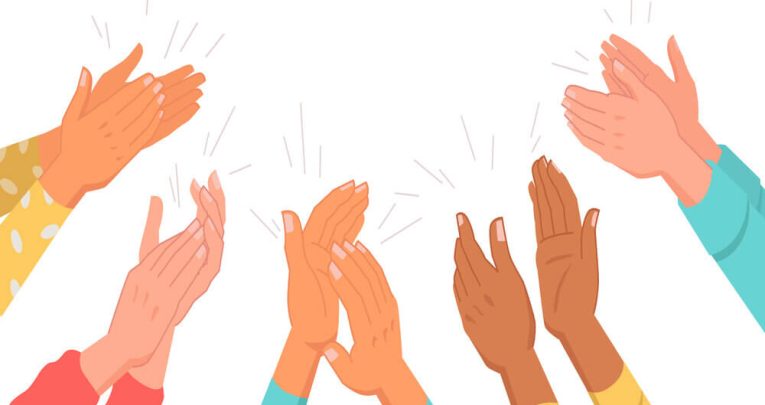
From a basic call to attention to an exploratory medium for musical meaning, John Finney explores the musical benefits of clapping…

- by John Finney
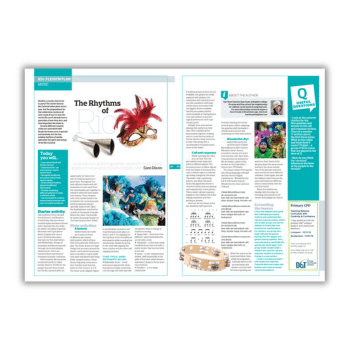
One of my favourite primary school stories is of a teacher back in the ‘50s – Sybil Marshall – clapping her hands to get the class’ attention. It was a simple yet effective clap and as recounted to me, remains a vivid memory for those she taught.
Sybil’s clap may have been little more than a perfunctory action, but in one school in Hertfordshire in the 21st century, it is rather more than that. It is music.
Here, and across many other schools, pupils echo their teacher clapping a rhythm. It’s a useful tool, as clapping is likely to break through other noise, free hands, and create a readiness to listen.
In the case of our school, this is a consistent practice throughout year groups. By starting in Reception, responding to a clap rhythm becomes a matter of habit and integral to pupils’ musical development. It even has the potential to impact on the whole school day.
A first principle
This simple, age-old call-and-response practice is perhaps the most fundamental of all pedagogic principles in music education. In pedagogical terms, it is a form of direct instruction through which musical knowledge is transferred from teacher to pupil.
Repetition provides children with a library of musical gestures stored in their long-term memory, which they can later draw upon and reimagine. This is what we call ‘musical memory’.
Musical marking
A musical call to attention marks a time of transition – of which there are many throughout the school day. Some of these routines are useful to bring order and discipline to the classroom, such as tidying, and can be well complemented with music and rhythm.
For example, when tidying up, your pupils could sing ‘This is the way we tidy up’ to the tune of ‘Here we go round the mulberry bush’. Similarly, ‘This is the way we change for PE’ works well to the tune of ‘What shall we do with the drunken sailor?’, as does ‘What shall we do when we’ve finished work? Put it in the tray and tidy my pencils’.
Exploring possibilities
The material generated through calls to attention are also useful in focused music lessons. For instance, one of the most commonly used rhythms for call and response is the familiar ‘pie, piz-za, piz-za, pie’ pattern – in technical terms: crotchet, quaver, quaver, quaver, quaver, crotchet.
But whatever rhythm you decide to use, there will be an infinite number of possible variations and extensions you can explore. There is scope to vary speed, dynamics, and even to select an idiomatic pattern that is evocative of a particular musical style or tradition.
You could work with the ‘pizza pie’ rhythm and transform it into a ‘za-pie, pie piz-za’ phrase and use it as a starting point for making melody. After practicing the rhythm from different starting points a few times, children will know three rhythmic phrases:
Trending
The original: ‘pie, piz-za, piz-za, pie’
The first transformation: ‘za-pie, pie, piz-za’
And the two joined together: ‘pie, piz-za, piz-za, pie, za-pie, pie, piz-za’
Now we have a musical template with which pupils can, combined with their knowledge of pitch, create a melody using voice, instruments, or clapping hands.
Claps can also grow into other kinds of musical actions – such as slapping knees, patting shoulders, or clicking fingers. You can match up these actions to the ‘pizza’ rhythm you’ve established, and experiment with different combinations.
With this play of possibilities comes a growing understanding of the expressive dimensions of music, and how its expressive features create affect and meaning. This is a great discussion point for a class.
Together, you and you pupils can discuss and write about musical meaning, and you could even try asking the children to assign particular characteristic phrases to different moods, messages, or intentions.
For example, a fast tempo might indicate urgency, a minor triad can signify disappointment and sadness, while a major triad is traditionally associated with happiness.
So, whether it’s the ringing of a mesmerising, exotic bell, a low rumble on the keyboard, the swoop of a slide whistle, or multiple hands clapping, the musical call to attention has an integral place in the life of the classroom, and a valuable role in unfolding a musical school day.
John Finney is was formerly senior lecturer in music education at the University of Cambridge. He is currently a primary school governor and writes a blog at jfin107.wordpress.com





